Fall GardeningFall gardening is a great way to extend the growing season and eat fresh vegetables into the fall and sometimes even the winter. Fall gardening also has several other advantages over the traditional spring/summer garden. One big advantage is that there are significantly fewer insect pests around to destroy your crops. Another advantage is you don't need to worry about summer coming on too quickly and your plants bolting too soon. For the northern garden, some of the best crops to plant for a fall garden include lettuce, broccoli, cabbage, spinach, mustard greens, kale, chard, peas, cauliflower, turnips, collards, carrots, and more. Basically, anything you would plant in the spring can be planted again in the fall. The following are a few tips for a successful fall garden. Tip #1: Time your Planting!Timing when to plant your fall garden is probably the most important factor. To determine the proper timing, you need two pieces of information. First, you need to know the average first frost date for your area. This is the date in the fall where on average (generally 50% of the time) the first hard or killing frost occurs. Remember, this is just an average so it is possible that the first frost may actually occur a week or two or even more in either direction. To determine your average first frost date, you can use a website such as the one by the National Climatic Data Center which gives the average frost dates for both spring and fall at various probabilities (I generally use the 50% one). There are plenty of other websites that give similar information but each one may vary slightly so you may want to check a few sites to get reliable date from multiple sources. The second piece of information you need is the average number of days to harvest for each vegetable you plant. This generally can be found on your packet of seeds. Different varieties of the same vegetable can vary greatly so you want to make sure you are using the dates from your specific variety not generic information for a general type of vegetable. In general, however, spinach, lettuce, and other greens grow quickly and will require fewer days to harvest and so can be planted in late summer or even early fall depending on your zone. Other vegetables that take longer to mature such as broccoli or cauliflower you will need to plant sooner, such as mid to late summer, again, depending on your zone. For example, if your vegetable takes 50 days to harvest and your average first frost date is October 1st then you would want to plant your seeds around August 12th which is 50 days before the average last frost date. Spinach and mustard greens grow quickly and can be planted later or multiple plantings staggered throughout late summer and early fall.Tip #2: Water your Seeds!Most years you will need to water more when planting a fall garden than for a summer garden. In general, we receive more rain in the spring and early summer so nature does a great job watering for us during those months. However, in our zone most of our planting for a fall garden needs to be done in mid-July to late-August. This is generally a drier time for much of the Northeast and Midwest so in order to receive optimal germination I usually water every 1-2 days until the seeds germinate and a good root system is established. Chinese cabbage and traditional cabbage grow much better in the fall when insects and slugs are less active.Tip #3: Cover your Plants!If your first frost comes earlier than expected there are ways to protect your plants so you do not lose your crops. The best way is to cover your plants to provide a few degrees of protection. The easiest way is to cover larger areas with a tarp or plastic of some kind, just do not let it touch the plants. You can also buy large frolls of cloth frost cover that is specifically designed to provide cold weather protection for plants. Frost covers come in a variety of thicknesses or you can double up for increased protection. Remember, however, that the thicker the cover the less light is allowed through. For individual plants, you can cover them with a milk jug with the top or bottom cut off or a pot or bucket. This can be time consuming depending on the size of your garden. Alternatively, you can plant your veggies in a greenhouse or cold frame. This requires more money upfront to build a greenhouse or cold frame. Most people are familiar with a greenhouse however a cheaper and easier version is to build a cold frame. This involves simply adding a clear “lid” to the top of a raised bed. This is generally glass or plastic. Many people recycle old windows and fit them to the top of a raised bed. The key with a cold frame is that they need to be lifted up to vent during the warm days and then closed at night to protect the plants from frost. Cold frames and greenhouses can significantly lengthen your growing season particularly in northern climates. Collards, peas, and broccoli are all great options for a fall garden.
1 Comment
One of my favorite summer activities is gardening. My favorite types of gardening are vegetable and herb gardening. I grew up helping my parents with their garden and participated in 4H where I completed gardening activities and competed in the county fair. As a 12-year old I even had my own herb garden! One of the main reasons I enjoy gardening so much is because I love cooking and eating great-tasting food. Even if you live in an apartment there are ways you can still garden even if on a smaller scale. Container gardening or participating in a community garden are great options! In the following post, I will share some of my personal reasons for maintaining a vegetable garden and tips on how to get the most out of your garden. All the pictures that follow were taken from my garden this year. This is our first year gardening at our new house so we converted a field filled with grass and weeds into our garden. It is still a work in progress but even with a challenging rain-filled spring and early summer we have managed to produce a good number of fruits and vegetables. My Top 5 Reasons to Vegetable GardenReason 1: Taste and NutritionOne of the main reasons I love vegetable gardening is that fresh produce straight from the garden just tastes better. A sun-ripened tomato has so much more flavor and nutrition than one from the grocery store that was picked green and allowed to ripen on the truck, at the distributor, or at the store. Green tomatoes are often ripened via ethylene gas that is sprayed on them. Tomatoes naturally give off ethylene gas so there is likely nothing unsafe about this practice but it does have a huge effect on taste. Another reason I prefer fresh vegetables from the garden is that the time from plant to table is generally minutes to days whereas vegetables from the grocery store can be significantly older by time they make it to your plate. This dramatically affects the taste and nutrition of your food. Roma tomatoes ripening in the sunReason 2: Saves MoneyThe second reason I love vegetable gardening is that it is cost effective. If you are new to gardening you will have to spend some money up front for the proper tools and supplies. However, much of the equipment can be re-used and will last for many years. You also need to buy seeds and/or plants to transplant each year but if your garden is successful you will make that money back many times over. If you have the room to start your own seeds indoors to transplant you will also save a significant amount of money. Finally, if you are trying to eat healthy or even organic it can get very expensive very quickly. Eating local is a great idea but not everyone can afford to do all their shopping at the local organic farmers market or grocery store. Growing your own vegetables, even if you do not use completely organic methods, does allow you to eat healthier even on a budget. Reason 3: Mental and Physical Well-BeingThe third reason I love gardening is because I love spending time outdoors. It is great for mental health and as a form of strength-building exercise. As an introvert, I absolutely need time outside away from crowds and people. Even a half hour working in my vegetable garden relaxes me, reduces anxiety, and keeps me grounded. I am also prone to joint and tendon issues so I need to be really careful about how much and what type of exercise and activities I participate in. Gardening allows me to stay active and increase my upper (and lower) body strength although it is very easy to overdo it! Reason 4: Passing it on to the Next GenerationThe forth reason I love gardening is because it allows me to raise my daughter in a manner that increases her activity, nutrition, and love of the outdoors. Heading out to the garden reduces screen time and keeps her moving and exploring. She absolutely LOVES picking vegetables and usually eats the tomatoes, carrots, peas, and green beans straight off the plants. It is also slowly teaching her patience. I have to remind her over an over that we need to wait to pick many of the vegetables until they fully mature and ripen. In my opinion one of the biggest problems (among many!) in America is the disconnect between the food supply and our dinner table. Most Americans do not know where their food comes from or how it is grown and produced. I love teaching my daughter that our food does not come from a grocery store! This is an even bigger problem with our meat supply but I will save that for another post! Reason 5: Self-SufficiencyMy last reason to garden is to increase self-sufficiency. It is virtually impossible these days to be completely self-sufficient. Ideally my family would be completely self-sufficient in regards to food, energy, finances, etc. However, this is generally not realistic for us or most other families. The time when you could make a living and provide for your family on your family farm is gone. However, food is one area where it is much easier to become at least partially self-sufficient. Growing your own fruit and vegetables and then learning proper preservation techniques is one of the best ways to become self-sufficient. I will focus another blog post in the future on preserving your harvest. If I have managed to convince you to maintain a vegetable garden then read on for some tips on how to garden most effectively. These tips are mostly designed for people just starting out but even if you are an experienced gardener you may find them helpful. Tips for Vegetable GardeningTip 1: Location, Location, Location!The first thing you need to think about when starting a vegetable garden is where you want to place your garden. If you are in apartment with a balcony obviously you would want to start there or in containers at a window. Whether you are gardening indoors or out, one of the biggest requirements is light. A south facing garden is best as most vegetables need a significant amount of light. If you are indoors you can always supplement natural light with fluorescent bulbs or grow bulbs. If you have a garden outdoors, the closer to the house the better. You are more likely to maintain your garden if it is easily accessible. Another consideration for location is soil quality and drainage. If you have many places to choose from you may want to get your soil tested before deciding on a location for the garden however even if the soil is not the best you can slowly amend the soil over the years to optimize growth. You also do not want to pick a very low-lying area where water tends to sit as good drainage is important for the growth of most plants. If you live in a dry arid climate you probably want to maximize drainage into your garden to decrease watering requirements. Our garden in Wisconsin is not limited by space or light unlike our raised beds when we lived in NY. We are lucky enough to have plenty of space and light but do have drainage issues in parts of the garden. Vegetable Garden in the Middle of a FieldTip 2: Start Small!Once you have decided on location you need to pick a size for your garden. If you are new to gardening start small! It is very easy to get overwhelmed with a large garden and it is also more expensive in regards to time and money. You also need to buy less equipment with a smaller garden. You may be able to get away with just hand tools or a small hand-held rototiller. Larger gardens will likely require a walk-behind tiller or tractor with a roto-tiller. I am in the process of exploring no-till garden options but it can take many years to increase the quality of your soil to where this is a feasible option. As you can see from the above picture we did not take our own advice. We fenced in a half-acre, however probably 3/4 of the space is or will be dedicated to fruit and nut trees, grapes, and raspberries and other bush fruit. The last 1/4 is our vegetable garden which currently houses 2 raised beds but will hopefully have 4-6 in the future. Tip 3: Raised Beds!If you can afford it I would recommend at least one or two raised beds. You can fit more vegetables in a small space this way because the soil quality is usually better. If you make your own they may cost $100 or so each depending on the type of material you use, the soil you add, etc. This is an easy way to get a well-drained garden that isn’t too big and has high quality soil. I recommend adding in top soil, compost, and peat moss. If you are planning on many raised beds getting a dump truck load of soil and compost is much more economical than buying them in bags. 4’x8’ beds are optimal however I have tried 5’x10’ beds which worked but for a smaller person or child it is hard to reach to the center of a 5’ span. In addition to drainage and soil quality raised bed are great for any plant that you want to keep contained and prevent from spreading such as asparagus, horseradish, mint, etc. I currently have 3 raised beds, one for garlic, one for asparagus, and one for annual flowers. We hope to add one or two more each year. Ideally any smaller plants would go in raised beds although you can plant larger ones as well. In the future, I would love to grow onions, lettuce, spinach, peas, beans, broccoli, cauliflower, cabbage, peppers, and more in raised beds. The bigger plants like squash, pumpkins, and corn generally grow well and are easier to maintain directly in the ground. A great resource for raised bed gardening is Mel Bartholomew’s “Square Foot Gardening” book. Although he crowds his plants in a little closer than I do for many of mine it is still a great resource if you are just getting started. 4x8 Foot Raised Asparagus BedTip 4: Don't Plant in Rows!The traditional way of planting involved straight rows of plants. However, you make better use of your space if you plant using the square foot method where you utilize all available space. Just remember to leave rows or spaces where you to need access to pick. For example, vine plants like winter squash and pumpkins easily overtake any rows you may try to maintain. However, these plants require very little maintenance throughout the growing season so I like to leave 6 or 8 feet between plants but designate an entire quadrant of my garden to them without any rows. For vegetables like leaf lettuce or spinach and beets and carrots I simply disperse my seeds into a quadrant that is small enough for me to reach into to weed if necessary. By skipping the rows I fit more vegetables into a smaller space. Although this does often require more thinning depending on how thickly the seeds are dispersed. Turnips that are Dispersed, not Planted in RowsWinter Squash, Gourds, and Pumpkins without RowsTip 5: Mulch is your Friend!One of the best tips I have heard recently was to use cardboard boxes or newspaper to mulch your garden and prevent weeds. Spend the winter months collecting your newspaper and extra boxes or find free ones online. Remember to remove any plastic tape or metal staples from the boxes. The ink in newspapers is almost always soy-based so it is safe to use in gardens. Then when you plant your garden in the spring lay the boxes and newspapers out flat on the edges of your garden, in any rows, or between plantings to prevent weeds from growing. You’ll likely need to weigh your boxes and newspaper down with either mulch or rocks if mulch is in short supply. You can also use mulch directly without the boxes such as leaves from the fall, grass clippings, compost, etc. This will dramatically cut down on the amount of weeding you need to do and make gardening much more pleasant. Cardboard Boxes Dramatically Decrease WeedsTip 6: Hill your Crops!My last tip involves drainage. If you cannot afford raised beds or don’t want to use all raised beds, drainage can be a huge issue depending on your location. This year we planted some of our vine crops in hills and others we just planted straight into the ground. Unfortunately, this spring and early summer we received 6 to 8 inches of rain above average for a three-month period. The squash planted in hills grew much better than the squash that was planted flat into the ground. Most of our crops that weren’t hilled such as some squash, onions, and peas rotted in the ground because the water didn’t drain well. So, if your garden is in a low-lying area, you have a high clay soil that doesn’t drain well, or you are prone to a wet spring/summer you may want to hill or mound many of your plants. It’s much easier to water your garden when needed then try to remove too much water. I’m sure there are many other tips and that I could come up with but please feel free to send any comments or questions to me, either in the comments section below or via my contact page. Also, if there is any topic that you wish me to cover in more detail please let me know. Other topics I would like to discuss in the future include fencing, composting, growing vegetables vertically, seed saving, preserving, and lots more! So, it has been a long time since the last blog post because spring and summer are the busiest time of year on a farm, especially since this was our first spring on the property. We had a ton of stuff we wanted to get done and we are still slowly working down that list. To start we ordered 6 bare root fruit trees, 25 red wine grapes, and 75 baby trees (spruce, fir, and white birch) all of which were delivered in April. Bare root plants need to go in as soon as possible so my husband dug a lot of holes in a short period! We planted 4 apple trees, a cold-hard peach tree, and a sour cherry tree and hope to add 4-6 more fruit and nut trees each year until our orchard is complete. Our biggest concern is our zone; we are in zone 4 which limits our selection of fruit trees that will grow well here. If anyone knows of a sweet cherry tree that grows in zone 4 please let me know! The 25 red wine grapes that we bought are suited to our harsh Wisconsin winters. We chose the Marquette variety as these are cold hardy and although they are a new variety developed by the University of Minnesota, appear to make a nice dry red wine which we prefer. In subsequent years, we hope to add more grapes including a white variety (likely Itasca) well suited for our climate. Before we could plant the grapes however we needed to get the sod in our field tilled under. We also wanted to put in a large vegetable garden this spring and summer so we also needed the sod tilled under for that as well. We do not have a roto-tiller attachment for our little 955 John Deere tractor however a neighbor with a much larger tractor agreed to roto-till our plot in exchange for haying our field this summer for his horses. He has also provided lots of horse manure for compost!
|
Details
AuthorIn 2016, my family and I moved from the New York City area to small town Wisconsin. Our move, this website and blog (and our previous Etsy store) is the result of our desire over the past several years to simplify our lives, increase our quality of life, reconnect with nature, and enjoy a more self-sufficient life. I grew up as a country kid in central Pennsylvania working on my grandfather's fruit farm and as a corn "de-tassler" at a local seed farm. My background is in biology where my love of nature originated. I am a former research scientist and professor and have now transitioned to a part-time stay-at-home mom, self-employed tutor, and small business owner. Thank you for taking the time to check out my site. Archives
July 2024
Categories
All
|
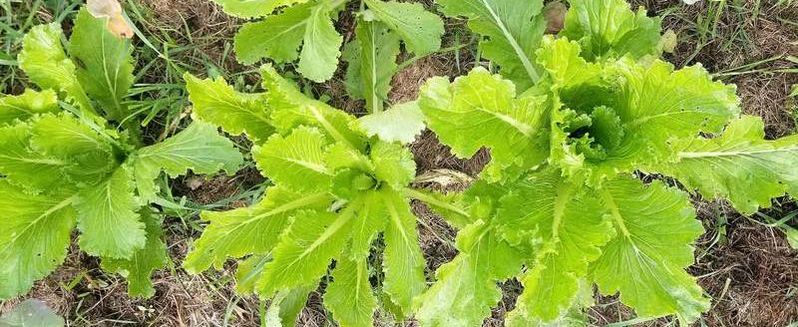
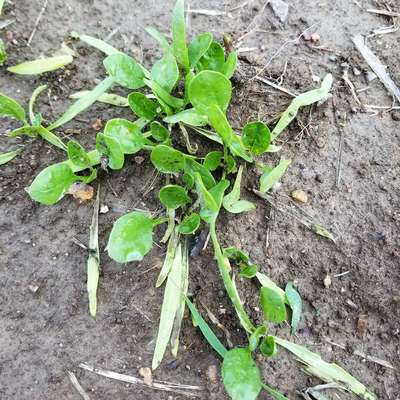
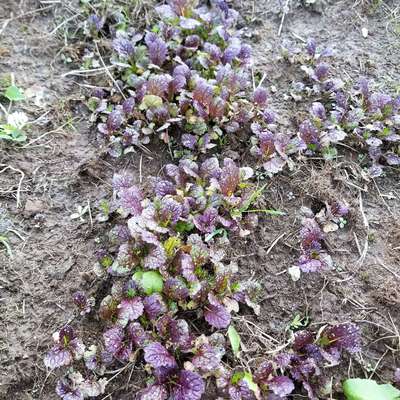
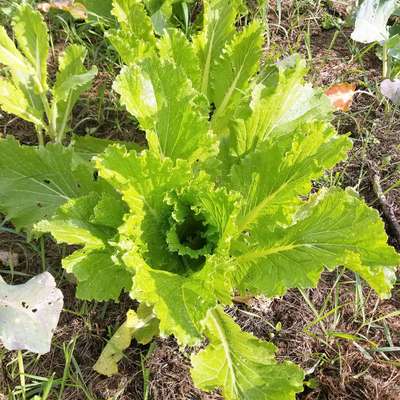
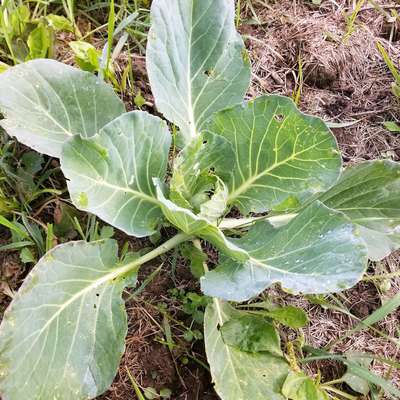
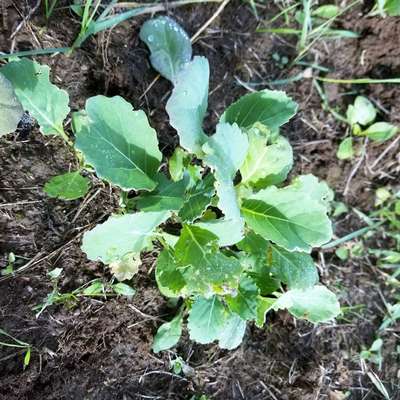
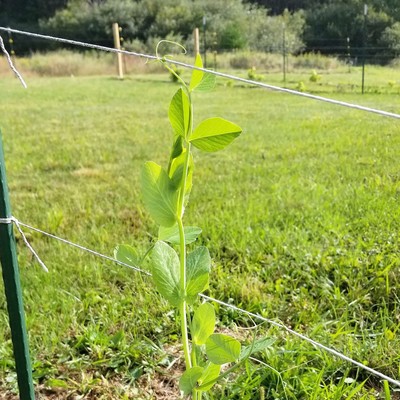
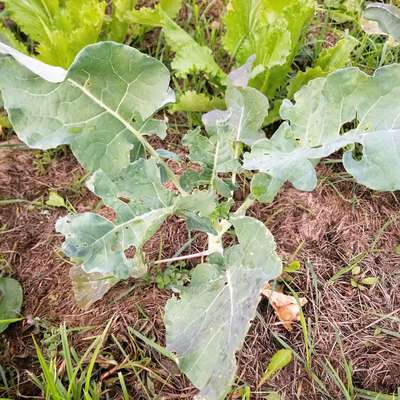
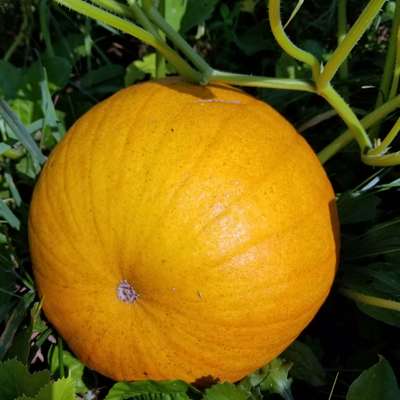
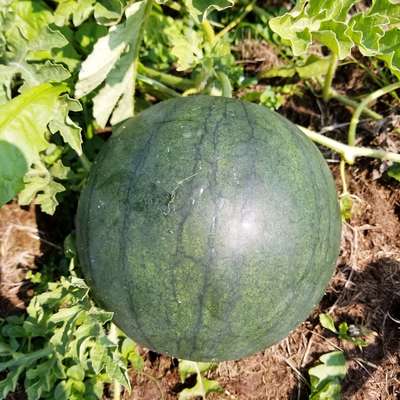
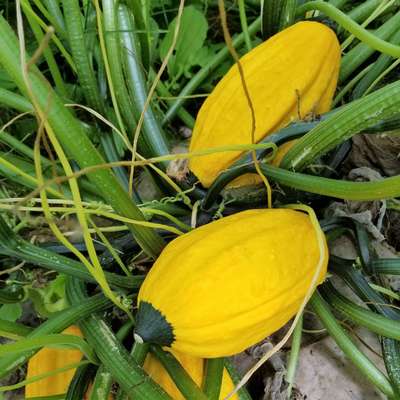
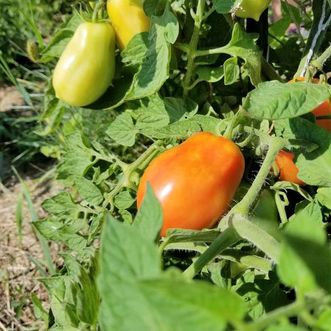
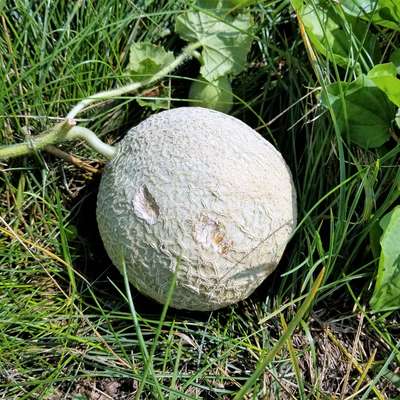
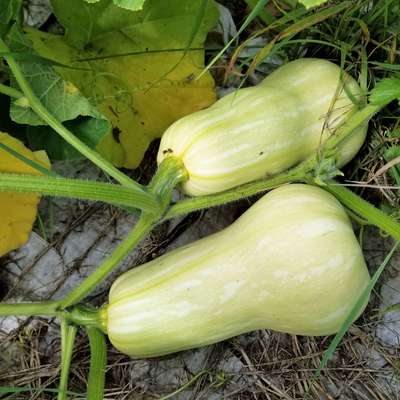
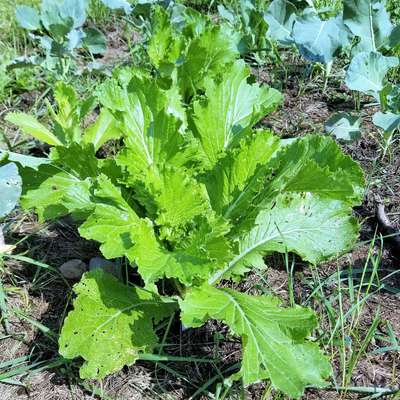

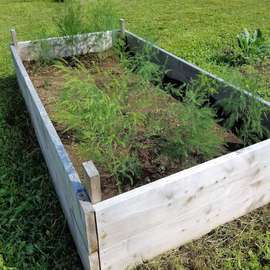
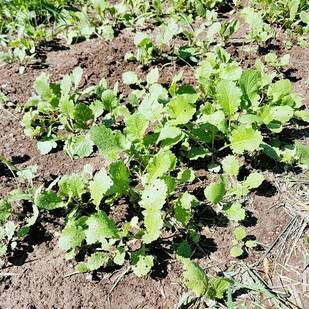
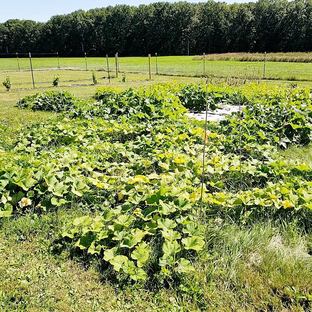
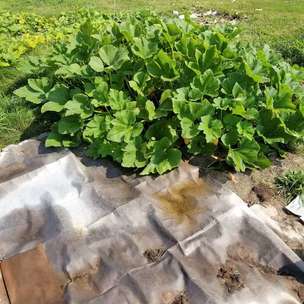
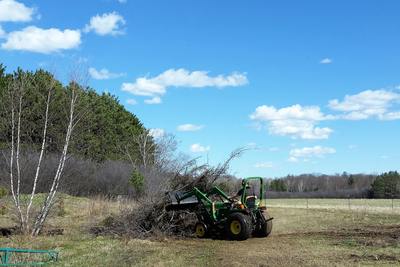
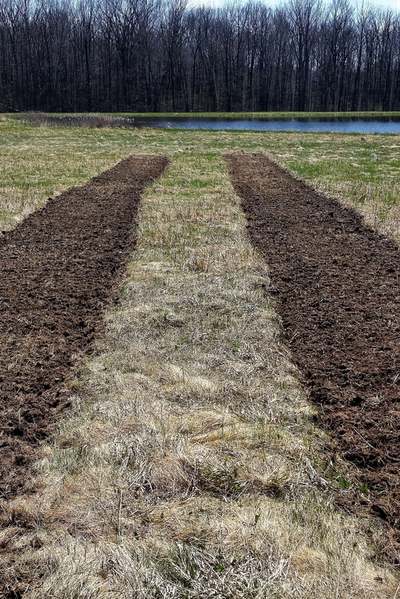
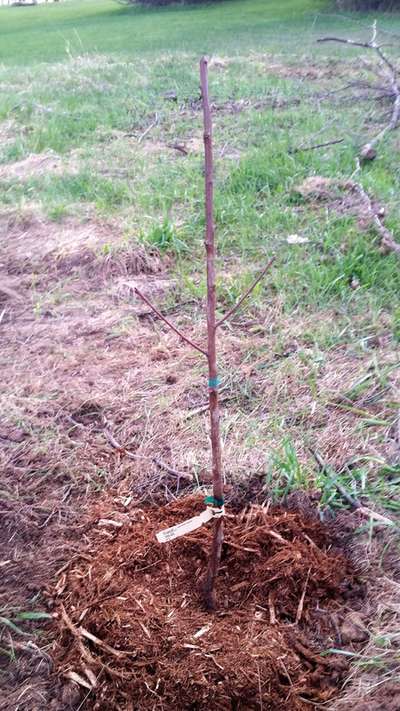
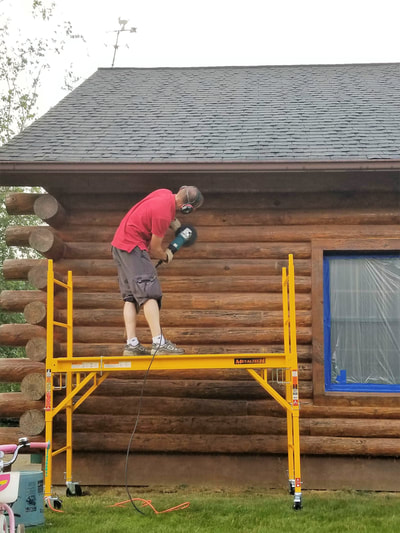
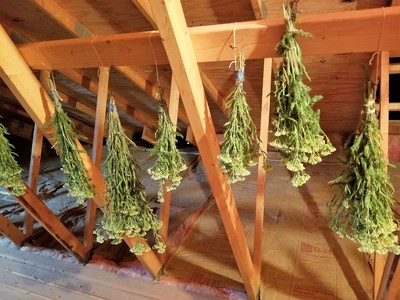
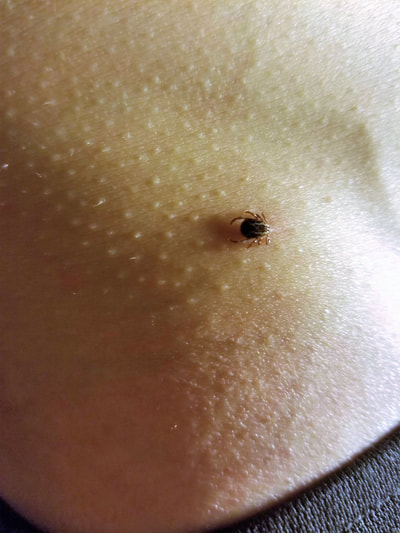
 RSS Feed
RSS Feed